CONNECT WITH US TODAY FOR GLOBAL HEALTHCARE MARKETING, PROMOTION, STRATEGY, MERGER & ACQUISITION AND PARTNERSHIP
Hair Transplant in India | The best and leading solution including FUE, FUT, Neograft, Masotherapy.

Hair Transplant Procedure
A Hair Transplant procedure refers to a surgery in which a dermatological surgeon transfers or moves hair from one part of the body (usually back of the head) and transplants it to the bald area. It is used to treat alopecia in both men and women. With the help of advanced technologies, today the results of this surgery look natural and are safe and long-lasting.
CONNECT WITH US TODAY FOR GLOBAL HEALTHCARE MARKETING, PROMOTION, STRATEGY, MERGER & ACQUISITION AND PARTNERSHIP
Why is it needed?
A hair transplant is a choice an individual makes for themselves. Dermatologist suggests hair transplant surgery to those who may have been trying to restore their hair for a long period of time or those who need quicker results. Here are some conditions when a hair transplant is needed:
01
BALD
Prominent balding, receding hairline, bald spots
02
HAIR PATTERN
Well-defined female or male pattern hair loss
03
HAIR LOSS
Hair loss post scalp scarring, injuries, or cosmetic procedures
04
SOLUTION
Long-term and permanent solution for hair loss

CONNECT WITH US TODAY FOR GLOBAL HEALTHCARE MARKETING, PROMOTION, STRATEGY, MERGER & ACQUISITION AND PARTNERSHIP
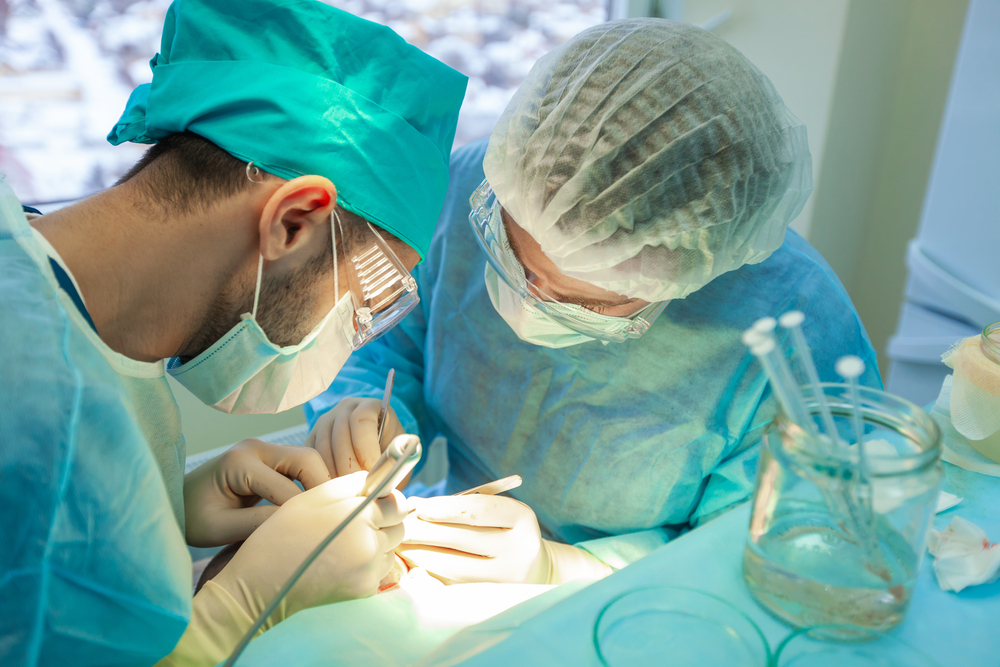
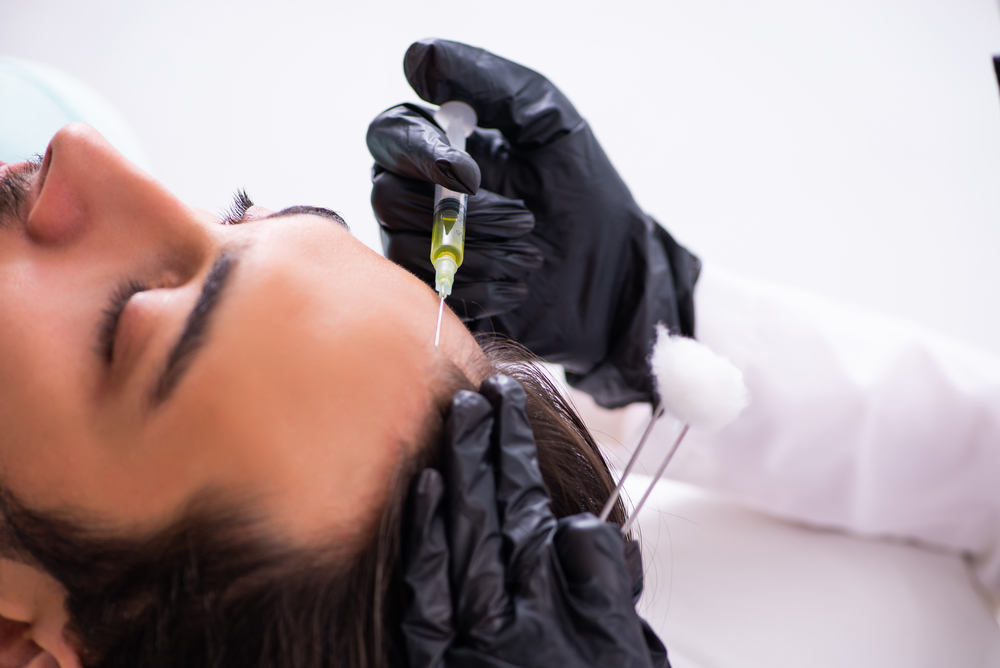
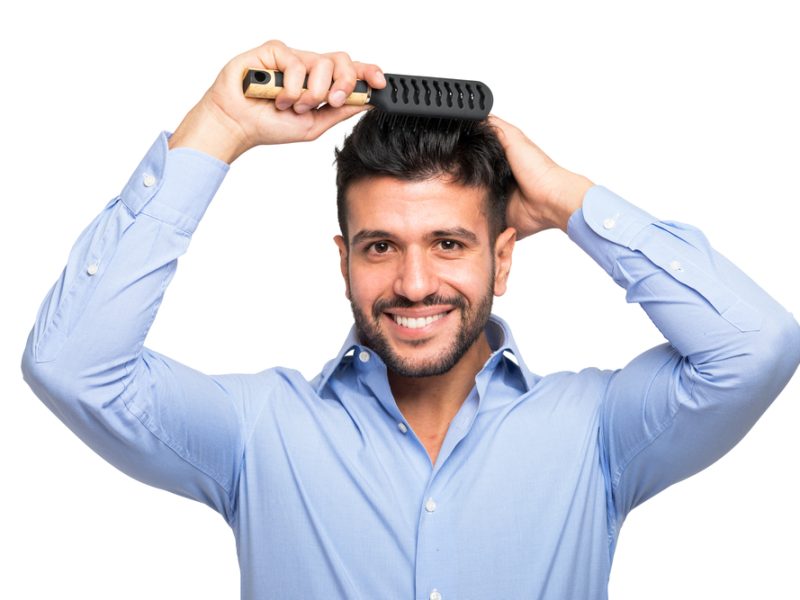
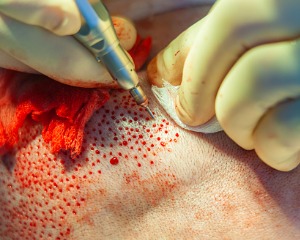
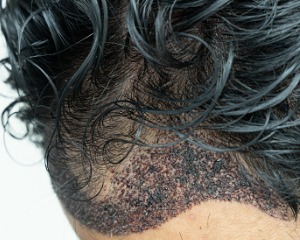
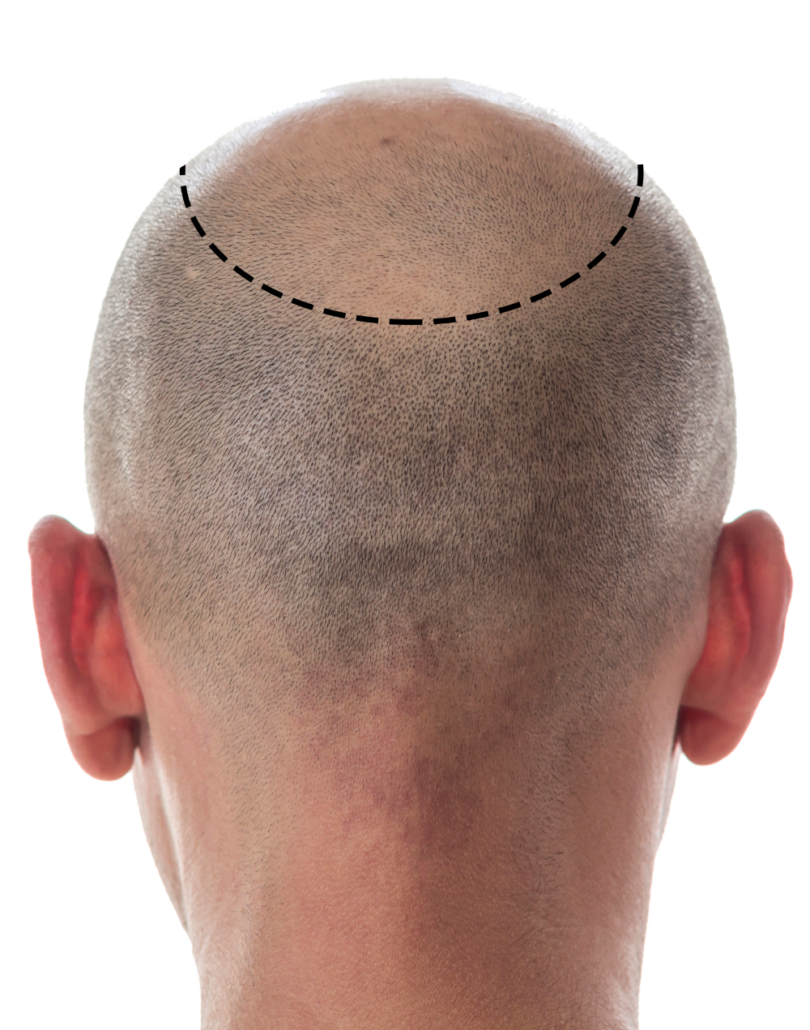
Advantages
- High success rate
- Cost-efficient
- Improved self-confidence
- All-natural results
Disadvantages
- Longer Recovery Time
- Potential Infection
- Post-Operative Pain
- Procedure may need to be repeated
- Extensive safety precautions
Causes
- Alopecia Areata
- Pattern Baldness
- Hormonal imbalance
- Thyroid Diseases
- Traumatic burns or injuries
- Genetic Causes
CONNECT WITH US TODAY FOR GLOBAL HEALTHCARE MARKETING, PROMOTION, STRATEGY, MERGER & ACQUISITION AND PARTNERSHIP
Techniques and Methods
FUT or Follicular Unit Transplantation
FUT or Follicular Unit Transplantation – FUT hair transplant procedure involves taking a strip of the skin with hair follicles from the donor site (typically from the back of the head). Further, small tissues that contain the follicles are separated from the skin and then prepared for transplantation. Tiny holes are then made on the receipt site (the bald area) to place these prepared grafts individually.
FUE or Follicular Unit Extraction
FUE technique is almost as same as the FUT, except it is developed in a way that addresses FUT disadvantages. FUE technique does involve harvesting follicles from the donor site, however, it does not involves removing a skin strip. The hair follicles are rather directly collected from the scalp and inserted into the receipt site with help of small incisions.
NeoGraft
It is the latest minimally invasive FUE technique. It involves the use of local anesthesia to make the procedure more comfortable. The follicles from the sides and back of your head are gently extracted using the NeoGraft system. These follicles are then meticulously placed into the receipt area in a natural-looking hair pattern. The recovery period and the hair growth results are quicker compared to other techniques.
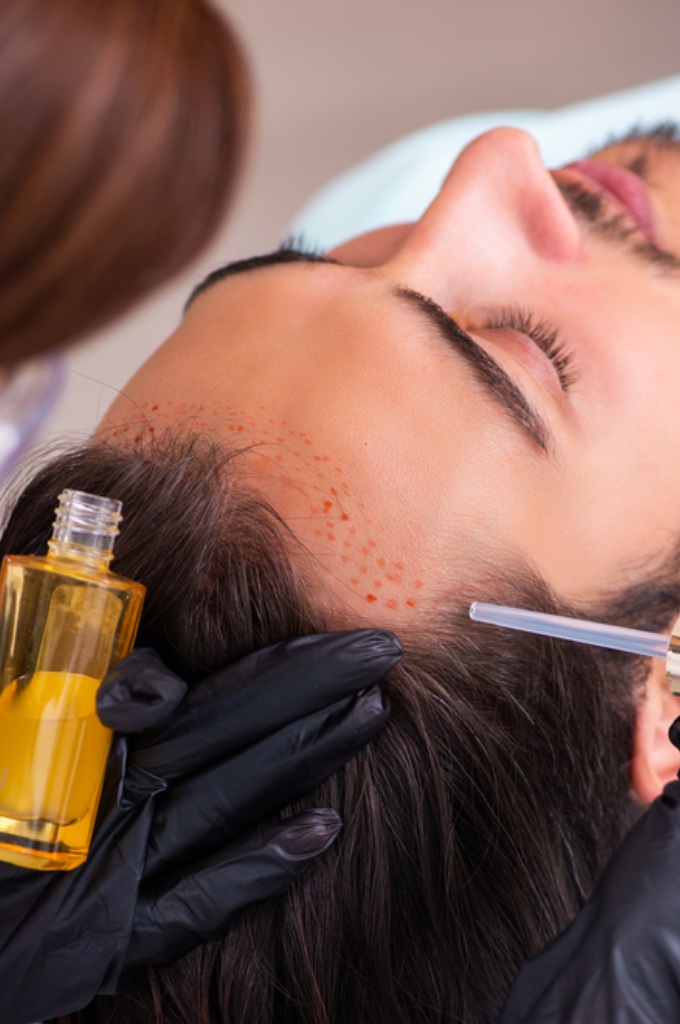
CONNECT WITH US TODAY FOR GLOBAL HEALTHCARE MARKETING, PROMOTION, STRATEGY, MERGER & ACQUISITION AND PARTNERSHIP
Definition:
It is a procedure in which a dermatological or plastic surgeon transplants/moves hair from one part of the head (usually side or back) to the balding area of the head (usually top or front of head)
● Hair transplants are done under local anesthesia
● Pattern baldness (male and female), diet, illness, stress, medications and hormonal imbalance are main causes for hair thinning or balding
● FUE and FUT are the most popular techniques of hair transplant

CONNECT WITH US TODAY FOR GLOBAL HEALTHCARE MARKETING, PROMOTION, STRATEGY, MERGER & ACQUISITION AND PARTNERSHIP
Facts and Figures
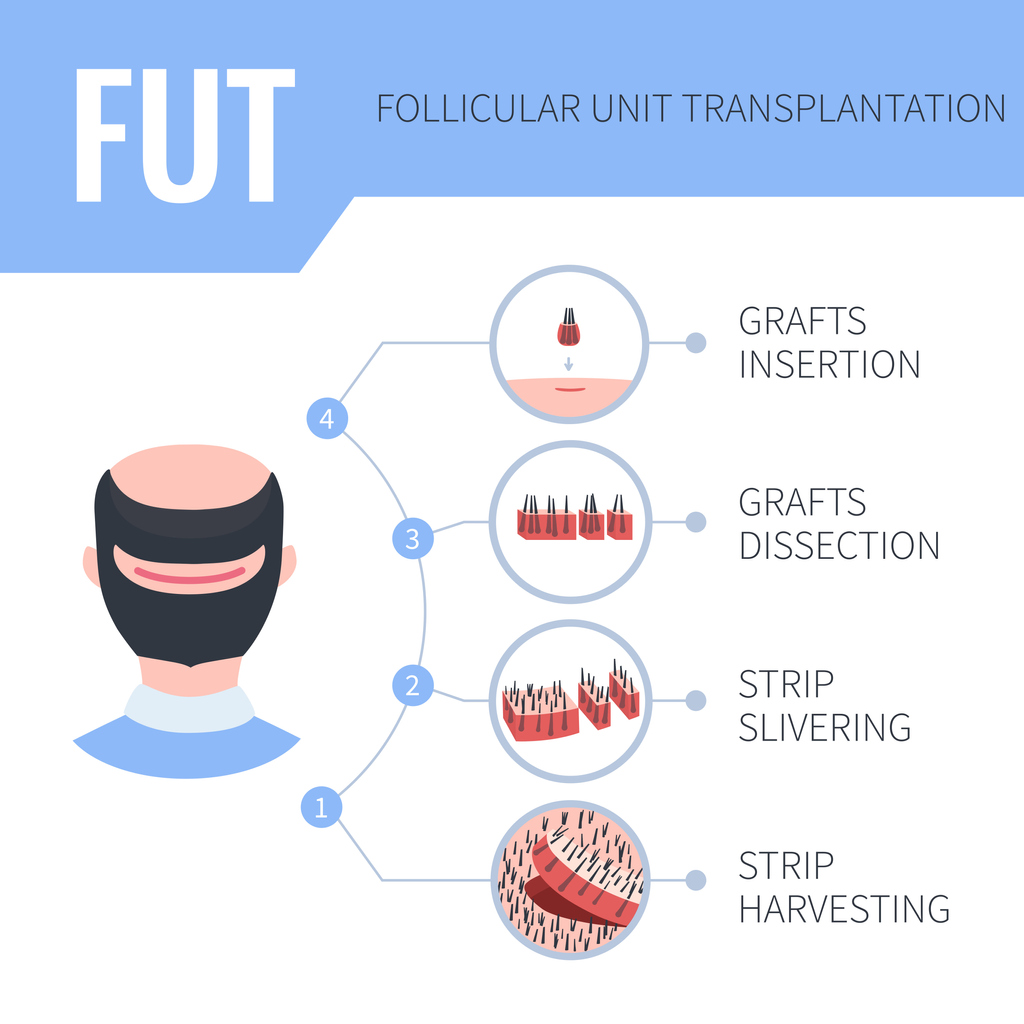
FUT and FUE
Advanced hair transplant techniques of FUT and FUE Transplant done by an experienced medical professional have the highest success rate of 95-98%
Hair Donor
The hair used for the hair transplant cannot be taken from someone else. Only you can be your own hair donor, as your hair follicles cannot regenerate.
Surgery
Every person may not be a good candidate for hair transplant surgery. It is not suitable for people with severe health conditions such as heart disease, diabetes, kidney or liver failure, etc.
History
The very first hair transplant was performed by Dr. Norman Orentreich in the year 1952 for treating a typical male pattern hair loss.
CONNECT WITH US TODAY FOR GLOBAL HEALTHCARE MARKETING, PROMOTION, STRATEGY, MERGER & ACQUISITION AND PARTNERSHIP
Risks and Complications
There is very less possibility of complications happening after hair transplantation if proper care is taken. However, here are some of the risks that may take place:
- Infection
- Folliculitis
- Scalp scarring
- Bleeding
- Bruising around the eyes
- Skin necrosis
- Wound dehiscence
- Itching
- Inflammation
- Surgical risks
- Dissatisfaction
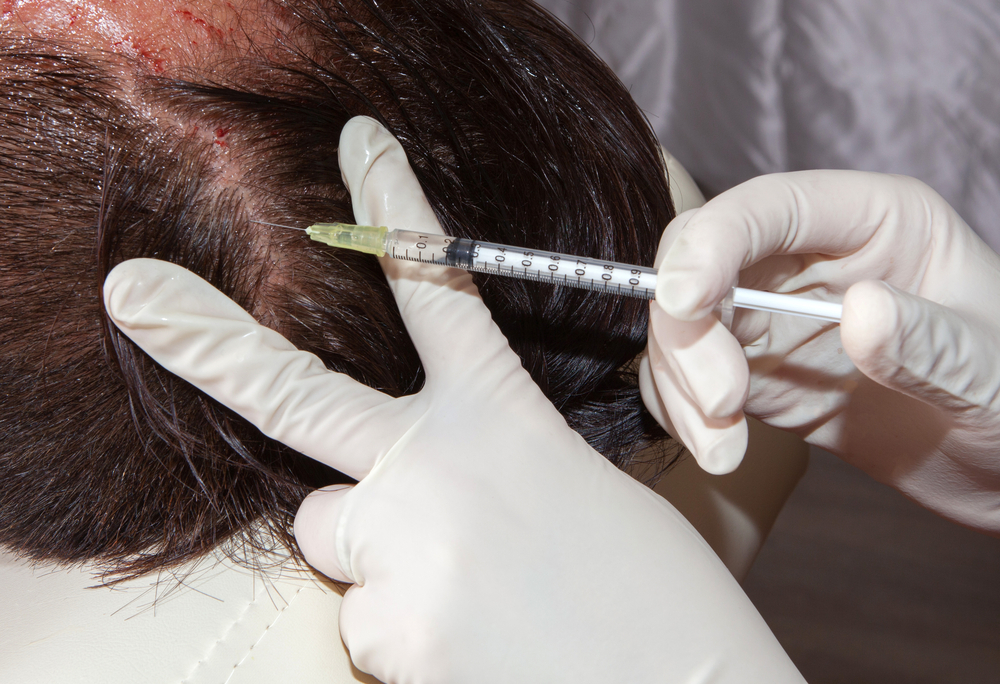
CONNECT WITH US TODAY FOR GLOBAL HEALTHCARE MARKETING, PROMOTION, STRATEGY, MERGER & ACQUISITION AND PARTNERSHIP
Precautions
- Perform all the required tests and diagnostics asked by your doctor to ensure the hair transplant is suitable and safe for you.
- In case you use medications such as blood thinning medicines, vitamin supplements, herbal medicines, etc, inform your surgeons about it as they may need to be stopped.
- Use of tobacco, alcohol, or smoking is strictly prohibited for at least a few weeks before undergoing the hair transplant surgery.
- Any prescribed medicines suggested by your doctors must be taken diligently.
- Do not use any hair products on your hair before the procedure.
Why is it needed?
- It is needed for those who require a solution for baldness, receding hairline or bald spots
- Those who want to stop wearing wigs
- It is an effective solution for those who want a natural looking hairline
- Those who want to improve their confidence and self-esteem which is affected due to hair loss or balding
- For those who want an affordable, long-term, permanent solution for hair loss
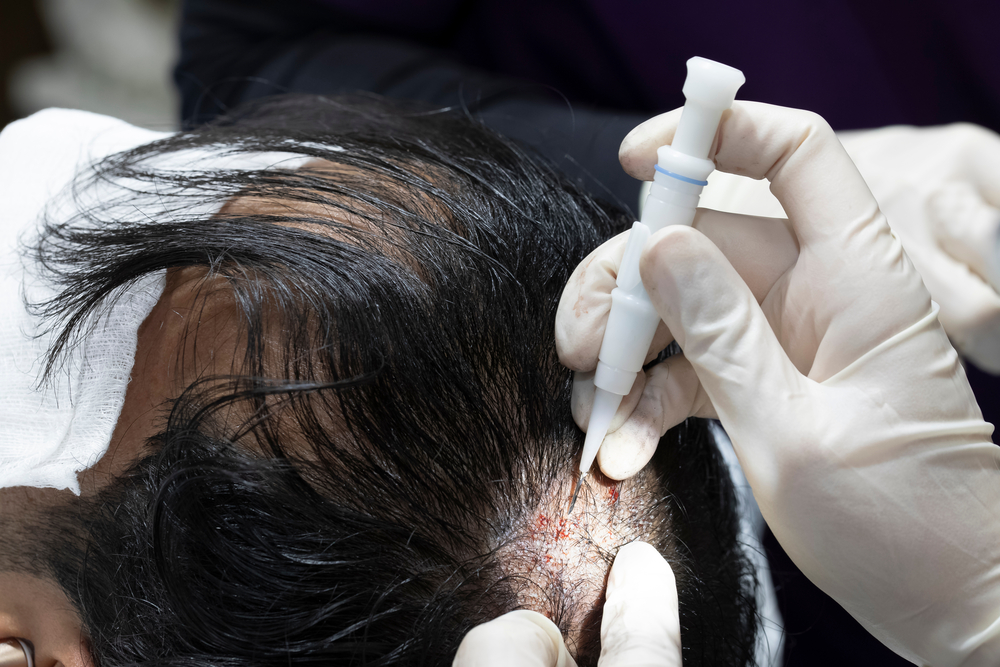
Preoperative Preparation
- Diagnostic tests to be done as advised by surgeon
- Get list of medicines to be taken pre and post-surgery
- Inform surgeon about medications, alcohol or smoking habits and allergies
- Stop certain medicines as advised by surgeon
- Ask doctor what you have to do prior to surgery
- Nutritional counselling
- Arrange work leave, help at home and driving, and post-operative care
- Medical tourists should select a hotel near the hospital/clinic
Post Operative Care
- The operated scalp area will remain tender for a few days after the procedure. Make sure you do not touch or mess around the receipt area.
- You will be given anti-inflammatory medicines, painkillers, and antibiotics for better recovery. Do not use any other medications without informing your doctor.
- After two days of the surgery, the patient needs to pour both the receipt and donor site with some water a few times to keep it clean. Avoid the use of dry towels.
- Post the second day, the patient can wash the sites with a mild antimicrobial shampoo to prevent the formation of scalp flakes and crust and infections.
- Do not engage in any heavy exercises or strenuous activities for at least 2 weeks after the hair transplantation.
- Avoid the use of tobacco, smoking, alcohol, or any other toxic substances completely till the recovery.
CONNECT WITH US TODAY FOR GLOBAL HEALTHCARE MARKETING, PROMOTION, STRATEGY, MERGER & ACQUISITION AND PARTNERSHIP
Before After Hair Transplant Treatment
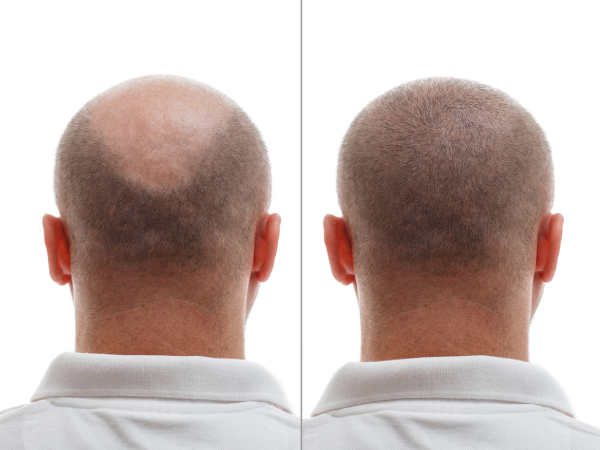
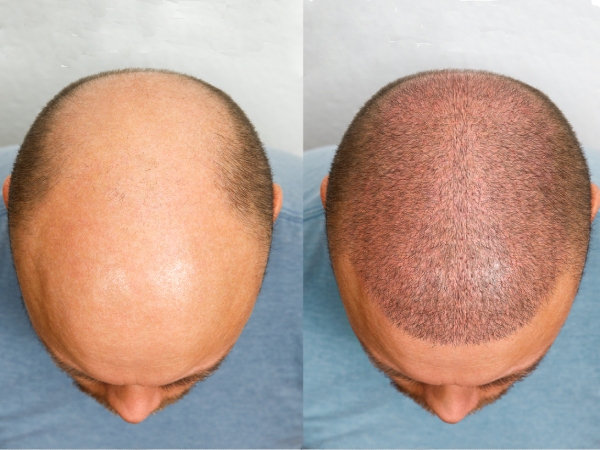
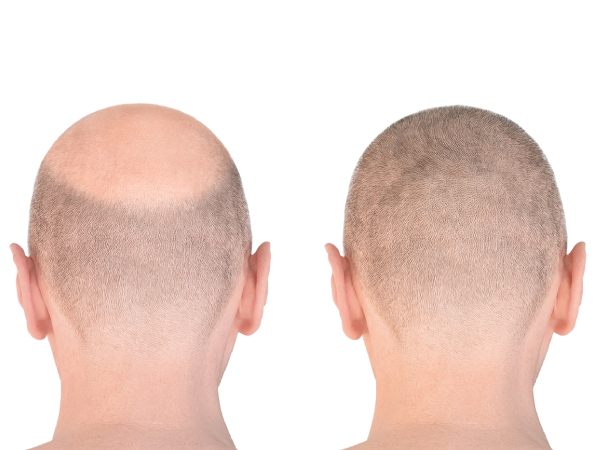
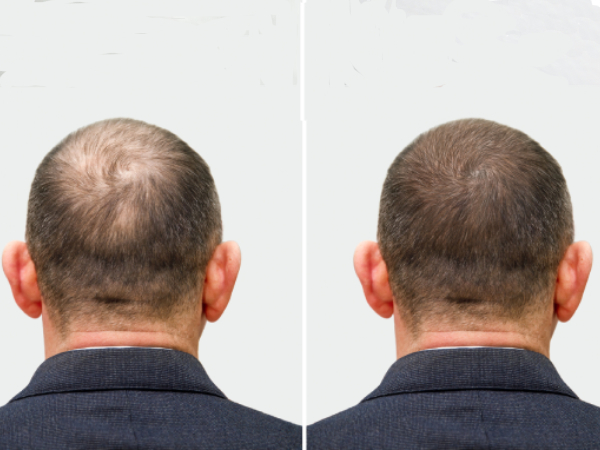
CONNECT WITH US TODAY FOR GLOBAL HEALTHCARE MARKETING, PROMOTION, STRATEGY, MERGER & ACQUISITION AND PARTNERSHIP
